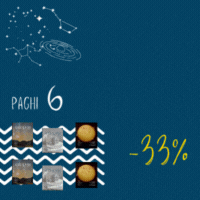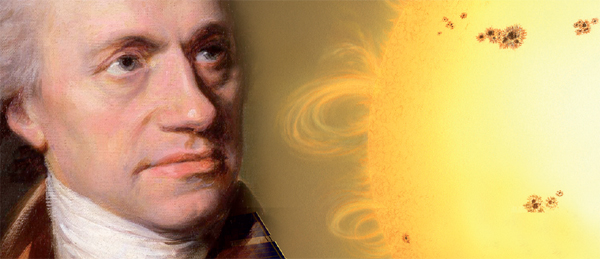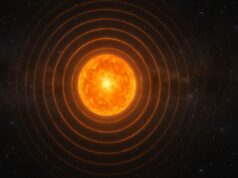Indice dei contenuti
Approfondimento all’articolo:
WILLIAM HERSCHEL le macchie solari e il prezzo del grano
pubblicato su Coelum 168
Influence of Solar Activity on State of Wheat Market in Medieval England
Abstract: The database of Prof. Rogers (1887), which includes wheat prices in England in the Middle Ages, was used to search for a possible influence of solar activity on the wheat market. We present a conceptual model of possible modes for sensitivity of wheat prices to weather conditions, caused by solar cycle variations, and compare expected price fluctuations with price variations recorded in medieval England.
We compared statistical properties of the intervals between wheat price bursts during years 1249-1703 with statistical properties of the intervals between minimums of solar cycles during years 1700-2000. We show that statistical properties of these two samples are similar, both for characteristics of the distributions and for histograms of the distributions. We analyze a direct link between wheat prices and solar activity in the 17th Century, for which wheat prices and solar activity data (derived from 10Be isotope) are available. We show that for all 10 time moments of the solar activity minimums the observed prices were higher than prices for the correspondent time moments of maximal solar activity (100% sign correlation, on a significance level < 0.2%). We consider these results as a direct evidence of the causal connection between wheat prices bursts and solar activity.
Download PDF > Influence of Solar Activity on State of Wheat Market in Medieval England
Tratto da arXiv.org

















